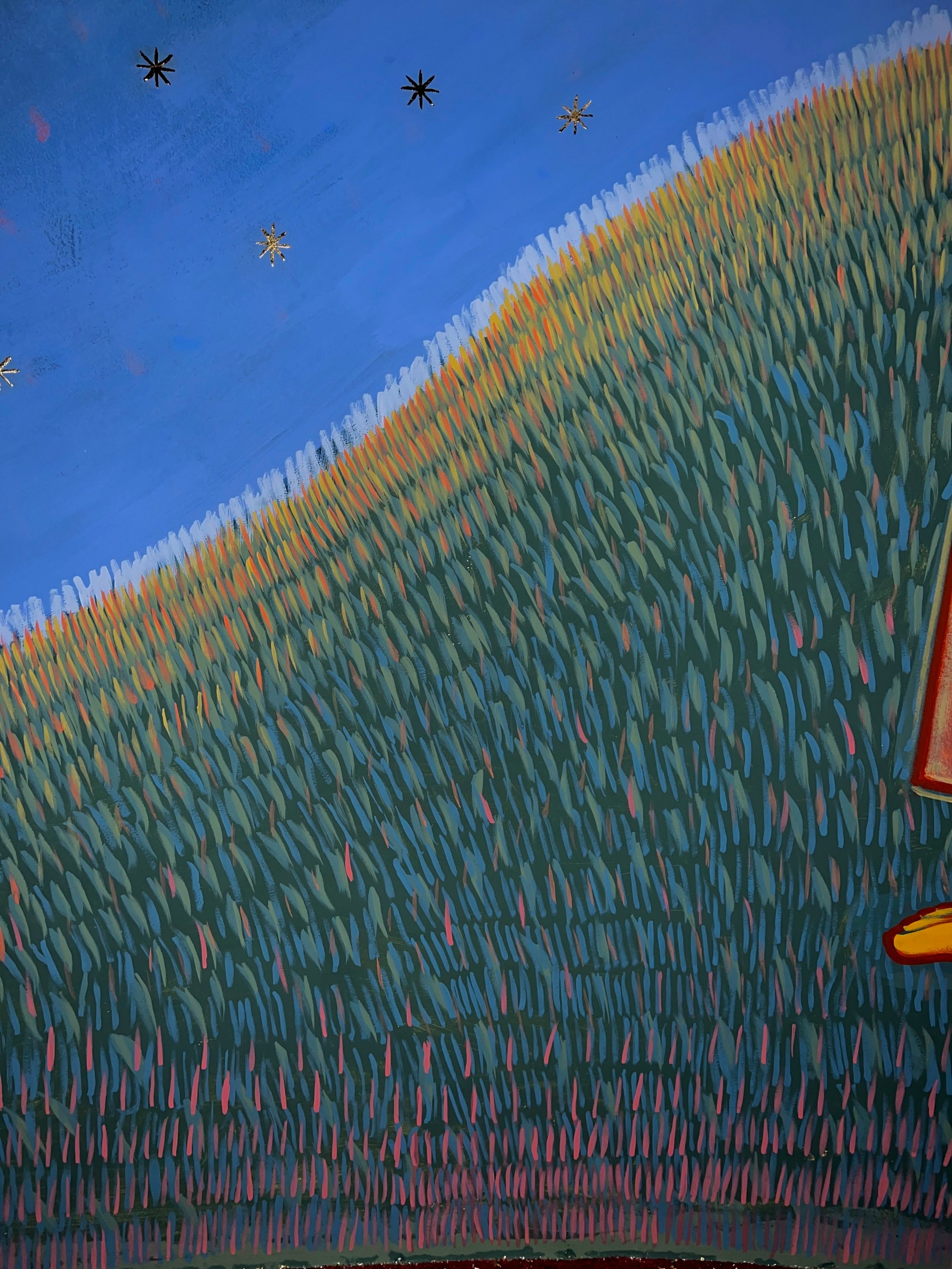
apses
WHAT IS AN APSE?
The “apse” is a wall that lies behind the altar in many churches. It is often a semi-circular recess, and visually brings the viewers attention to the altar. Some of the oldest Christian apses date to the fifth century. The word “apse” is thought to have its origin in the Greek haptein meaning to bind, fasten, or join. Fittingly, the apse often depicts the fastening of heaven and earth together, the meeting of the human and Divine. In the Coptic tradition, its focal point is the icon of Christ, God incarnate. Different visual expressions are used to signal to the viewer both the presence and Glory of God.
This apse depicts the vision of the prophet Isaiah (Is 6), where he sees God enthroned in glory, in what is called a mandorla (Latin for almond), a visual device used to express glory, light, and the mystical. Its shape is the centre of two intersecting circles, a unity of two things in one, with Christ—the Orchestrator of harmony and unity—at its centre.
A Seraph flies forward to touch Isaiah’s lips with a blazing coal. The early Church saw this narrative as an image of the Eucharist, in which Christ, the fiery coal, is fed to us for purification and life, setting us “ablaze.” You’ll notice that both Christ’s mandorla and the flame of the fiery coal are the same colour- Christ is the fiery coal that is fed to us. The image is made to reflect the reality of what is occurring in this space and liturgy. It is an image of God revealing Himself to man and entering into his midst, a preface to Isaiah’s prophecy that “the virgin shall conceive and bear a Son, and shall call His name Immanuel (‘God is with us’)” (Is 7:14).
There is no altar painted in the icon, as the icon points us to the physical altar itself. The scene takes place in a Paradisiacal garden, and the viewer is called into this New Eden in which we “have become worthy to eat of the tree of Life.”
This apse also dually depicts the visions of both Isaiah (Is 6) and John the theologian.
A Seraph flies forward to touch Isaiah’s lips with a blazing coal, while another flies forward to feed John the Book. Both hold eucharistic imagery, and thus their appearances are paired with that of the officiating priest. The entire dual vision brings both Old and New Testament together into the scene of Paradise (hence the four rivers of Paradise), implying that the sanctuary, the church itself, as paradise, and the Eucharist is the tree of life from which we consume the Body and Blood of God.
There is no altar painted in the icon either, and in situ the rivers spring from where the Body and Blood rest on the altar. The priest stands as a third participant in the vision, bringing his people in with Him to “behold the Lamb of God.”
































